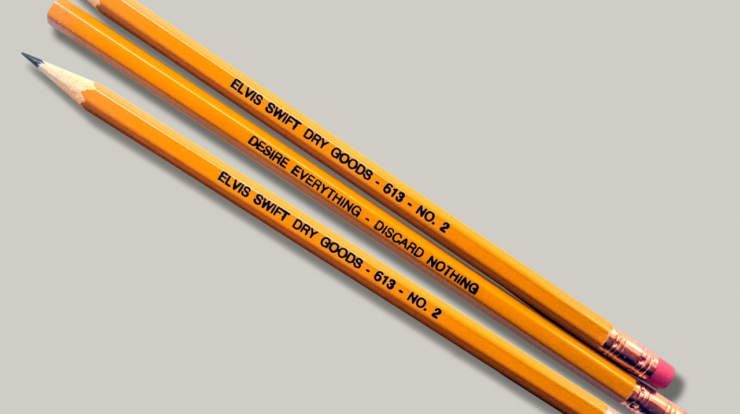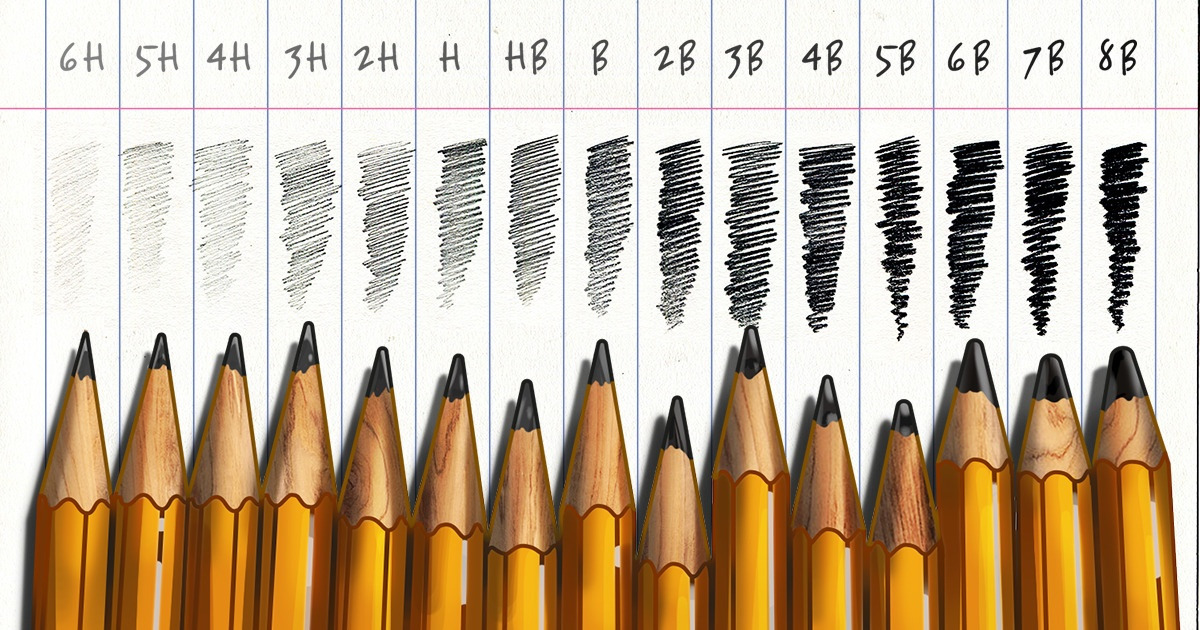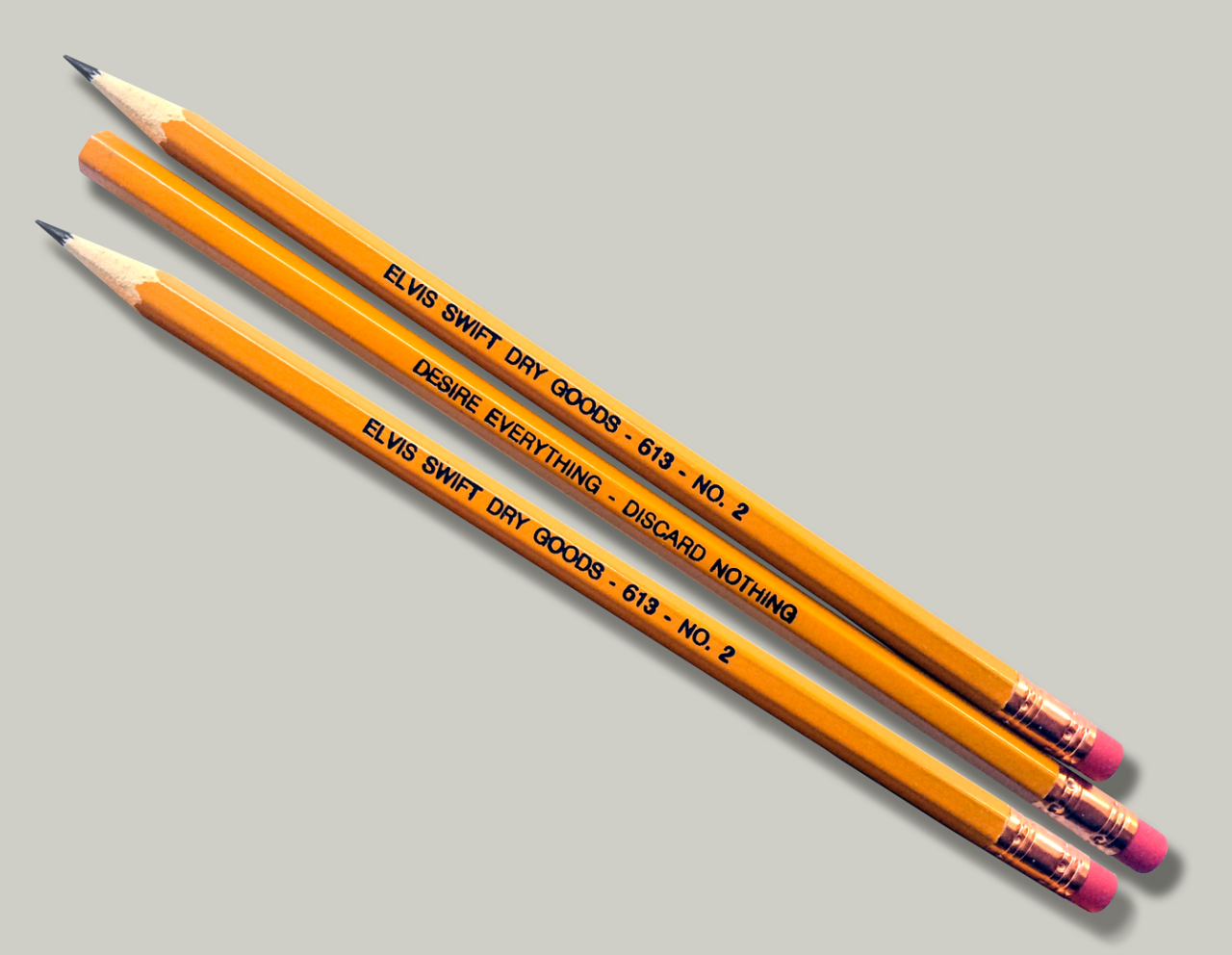
Pencil meaning – In the realm of writing and art, the pencil stands as a timeless tool, carrying with it a rich history and multifaceted applications. From its humble origins to its profound cultural impact, the pencil’s meaning extends far beyond its simple function as a writing instrument.
Throughout this exploration, we delve into the etymology of the term “pencil,” tracing its evolution from ancient origins to its modern-day usage. We uncover the diverse types of pencils, each tailored to specific purposes, and examine the grading system that determines their hardness and writing characteristics.
Definition and Etymology
A pencil is a writing instrument that consists of a solid core of graphite or other materials enclosed in a protective barrel. The term “pencil” is derived from the Latin word “penicillus,” meaning “small brush” or “paintbrush.”
The earliest known pencils were made from natural graphite deposits in England in the 16th century. These pencils were crude and difficult to use, but they gradually became more refined over time.
Types of Pencils
There are three main types of pencils based on their core materials:
- Graphite pencilsare the most common type of pencil. They are made from a mixture of graphite and clay, which creates a smooth, dark line.
- Charcoal pencilsare made from burnt wood or other organic materials. They produce a soft, velvety line that is ideal for sketching and drawing.
- Colored pencilsare made from a mixture of pigments and wax. They are available in a wide range of colors and can be used for both drawing and coloring.
Pencil Grades and Hardness
Pencils are graded according to their hardness, which is determined by the ratio of graphite to clay in the core. The harder the pencil, the less graphite it contains and the lighter the line it produces. The softer the pencil, the more graphite it contains and the darker the line it produces.
The most common pencil grades are:
- HB: A medium-hard pencil that is suitable for general writing and drawing.
- 2B: A soft pencil that is ideal for sketching and shading.
- 6H: A hard pencil that is used for technical drawing and fine lines.
Pencil Components

The main components of a pencil are the core, the barrel, and the eraser.
The coreis the central part of the pencil and contains the writing material. It is usually made from graphite, but it can also be made from charcoal or other materials.
The barrelis the outer casing of the pencil. It is usually made from wood, but it can also be made from plastic or metal.
The eraseris a small piece of rubber that is attached to the end of the pencil. It is used to erase mistakes.
Pencil Sharpening Techniques: Pencil Meaning
Sharpening a pencil is important for optimal performance. There are two main methods for sharpening pencils: manual and electric.
Manual sharpeningis done with a pencil sharpener. Pencil sharpeners come in a variety of shapes and sizes, but they all work by shaving away the wood from around the core.
Electric sharpeningis done with an electric pencil sharpener. Electric pencil sharpeners are faster and more efficient than manual sharpeners, but they can also be more expensive.
Pencil Art and Drawing
Pencils are a versatile tool that can be used for a variety of art forms, including sketching, drawing, and illustration.
Sketchingis a quick and loose way to capture ideas and impressions. Pencils are ideal for sketching because they are easy to control and can be used to create a wide range of tones and textures.
Drawingis a more detailed and finished form of art. Pencils can be used to create realistic drawings of people, places, and things. They can also be used to create abstract drawings that explore form, color, and texture.
Illustrationis the art of creating images that accompany text. Pencils are often used for illustration because they can be used to create a wide range of styles, from realistic to cartoonish.
Cultural and Historical Significance
Pencils have played an important role in culture and history.
In the early days of education, pencils were the primary writing instrument used by students. They were also used by artists and writers to create masterpieces that have stood the test of time.
Today, pencils are still used for a variety of purposes, from writing and drawing to art and illustration. They are a versatile and affordable tool that can be used by people of all ages.
Environmental Considerations
The production and disposal of pencils can have a negative impact on the environment.
The mining of graphite can damage the environment, and the production of wooden pencils can lead to deforestation. In addition, the disposal of plastic pencils can pollute the environment.
There are a number of ways to reduce the environmental impact of pencils. One way is to use pencils made from recycled materials. Another way is to dispose of pencils properly by recycling them or composting them.
Conclusion

As we conclude our journey into the world of pencils, we recognize their enduring significance not only as a writing tool but also as a cultural icon. Pencils have played a pivotal role in education, communication, and artistic expression, leaving an indelible mark on human history.
Furthermore, we highlight the environmental considerations surrounding pencil production and disposal, emphasizing the importance of sustainable practices and eco-friendly alternatives. By embracing these practices, we can ensure that pencils continue to inspire and empower future generations.
FAQ Compilation
What is the difference between a graphite pencil and a charcoal pencil?
Graphite pencils are made from a mixture of graphite and clay, while charcoal pencils are made from pure charcoal. Graphite pencils produce finer lines and are more commonly used for writing and sketching, while charcoal pencils create bolder lines and are often used for drawing and shading.
How do I choose the right pencil grade for my needs?
The pencil grade indicates the hardness or softness of the pencil core. Softer pencils (e.g., 2B, 4B) produce darker lines and are suitable for sketching and shading, while harder pencils (e.g., HB, 2H) produce lighter lines and are better for writing and technical drawing.
What are some sustainable alternatives to traditional pencils?
Eco-friendly pencil options include pencils made from recycled materials, pencils with biodegradable barrels, and pencils made from sustainable wood sources. These alternatives help reduce the environmental impact of pencil production and disposal.
